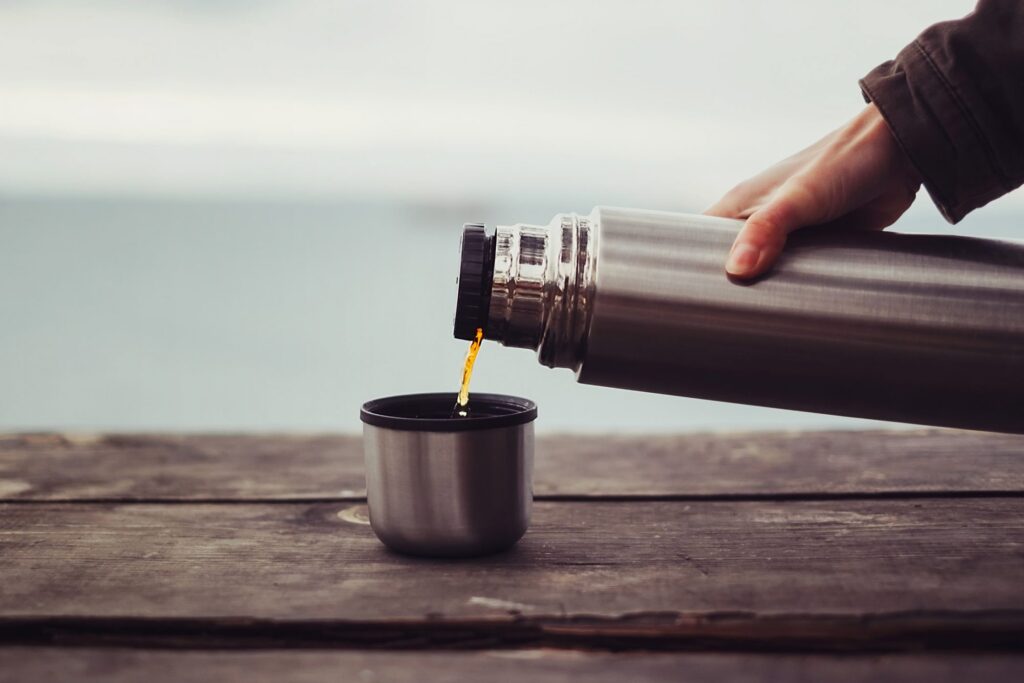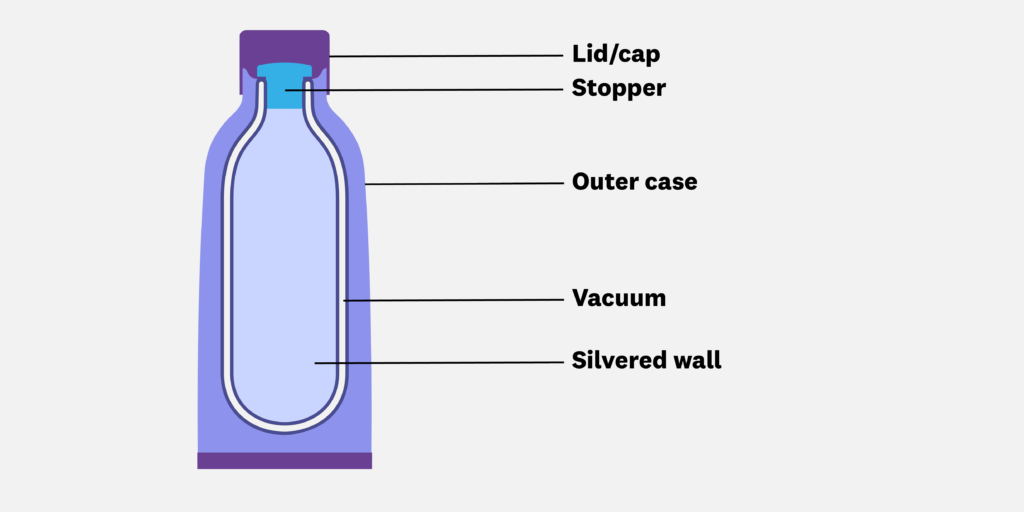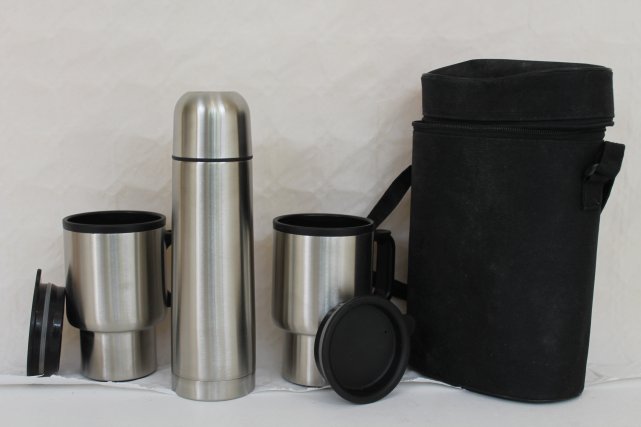Nowadays, we all have our busy lives, riddled with business meetings, calls from clients and loved ones, classes, dates, shopping. The list practically never ends. For most, coffee is fuel that keeps them going but buying from a coffee shop everyday can rack up quite the bill. So why not try brewing it at home and carrying it via a thermos/vacuum flask?

It helps you save money that can be used for other things, such as essentials, investments …..or shopping. You could also reinvest the money saved into getting higher quality coffee or allow experimentation with new types of coffee beans. Also, who doesn’t love someone who can brew a nice cup of coffee?
Back on topic, vacuum flasks can keep your coffees warm, your ice creams cold and your stomach happy! Here’s a bit of a history and physics refresher, to tell you what makes a good flask!
History class is in session!
In 1892, scottish scientist Sir James Dewar needed to calculate the specific heat (how many units of heat are needed to alter the temprature of a material by one unit) of palladium. To keep the temprature of the metal stable, he put it in a brass container, surrounded by another larger container and removed the air between them, essentially creating a vacuum.
In 1904, two german glassblowers, Reinhold Burger and Albert Aschenbrenner secured the patent for it, creating the commercial brand we know as Thermos. Viennese inventor and merchant Gustav Robert Paalen made multiple developments on this concept, creating the initial vacuum flask for everyday use. They had sold this trademark to three independant companies at the time; The American Thermos Bottle Company, US; Thermos Limited, UK; and Canadian Thermos Bottle Co. Ltd. Canada.
This success was so large that the vacuum flask became synonymous with the brand Thermos, becoming the term used instead of the flask. Nowadays, They mainly serve for domestic use but the concept is also used in medicinal purposes (liquid nitrogen for example), storing rocket fuel among other things.
Physics revision!
To get your physics up to speed, heat transfers via three methods; conduction (i.e direct contact), convection (through a fluid, mainly air or water) and radiation (think of the sun waves).

A vacuum is in essence a lack of matter and particles, meaning that radiation cannot pass through the vacuum (hence, why space is so cold when the sun is REALLY hot). There is no fluid in a vacuum so convection cannot happen and conduction can only be met at the tap. This effectively means that it is hard for heat to get out or in, keeping the temprature inside stable for a long time. Obviously, air gets in when you open the flask and through the top of the flask, meaning that this slows down the heat but not fixing temprature.
Everything is connected to the tap so for larger containers, they use thermal spacers to support the inner container. This is how they mainly do shipments.

Now that you know how these things work, you can sit down and have a nice cup of tea, obviously prepared and put in a thermos container. Alternatively, if you are looking for something a “bit” larger, check out this Aladdin thermal jar.
